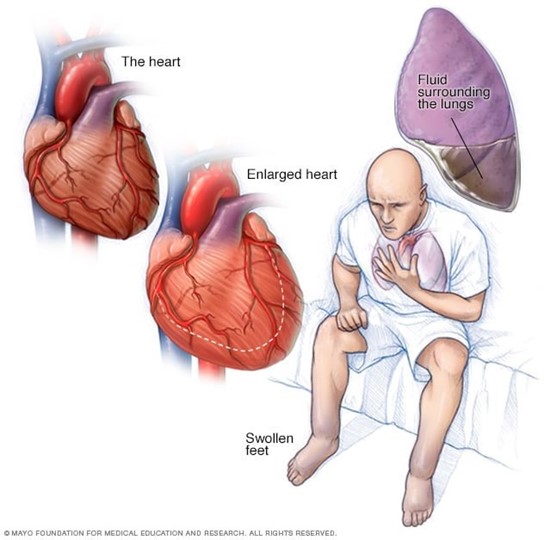A nurse is caring for a client who has a deep vein thrombosis and is prescribed heparin by continuous IV infusion at 1,200 units/hr. Available is heparin 25,000 units in 500 mL DSW. The nurse should set the IV pump to deliver how many mL/hr? (Round the answer to the nearest tenth/whole number. Use a leading zero if it applies. Do not use a trailing zero.)
The Correct Answer is ["24"]
To calculate the infusion rate, use the formula:
(rate in mL/hr) = (desired dose in units/hr) / (available dose in units/mL)
In this case, the desired dose is 1,200 units/hr and the available dose is 25,000 units / 500 mL = 50 units/mL. Therefore,
(rate in mL/hr) = (1,200 units/hr) / (50 units/mL) = 24 mL/hr
Round the answer to the nearest tenth/whole number and use a leading zero if it applies. Do not use a trailing zero because it could be misread as a decimal point. Therefore, the nurse should set the IV pump to deliver 24 mL/hr.
Nursing Test Bank
Naxlex Comprehensive Predictor Exams
Related Questions
Correct Answer is A
Explanation
a.This is appropriate as regular, moderate exercise can help improve cardiovascular health and functional capacity in clients with heart failure. It is essential to discuss appropriate types and levels of exercise based on the individual’s condition.
b.This is incorrect because clients should be instructed to notify the provider if they gain 1 kg (2.2 lbs) in one day or 2 kg (4.4 lbs) in one week. A weight gain of 0.5 kg is not typically a threshold for concern.
c. Take diuretics early in the morning and before bedtime is wrong because it may disrupt the client's sleep patern and cause nocturia. The nurse should advise the client to take diuretics early in the morning and avoid taking them in the evening or at night, unless prescribed otherwise.
d. Take naproxen for generalized discomfort is wrong because naproxen is a nonsteroidal anti-inflammatory drug (NSAID) that can worsen heart failure by causing sodium and water retention, increasing blood pressure, and reducing the effectiveness of diuretics and other heart failure medications. The nurse should advise the client to avoid NSAIDs and use acetaminophen or other alternatives for pain relief, as prescribed by the provider.

Correct Answer is C
Explanation
Choice A reason:
This statement is incorrect because it trivializes the patient's concerns and implies that enjoyment is the primary goal, which is not the case. The main purpose of cardiac rehabilitation is to improve health outcomes, not just to make the routine enjoyable.
Choice B reason:
While exercise is beneficial for heart health, this statement is too general and does not address the specific benefits of cardiac rehabilitation for someone who has had a myocardial infarction.
The correct answer is C:
"Cardiac rehabilitation cannot undo the damage to your heart but it can help you get back to your previous level of activity safely." Cardiac rehabilitation is crucial for patients who have experienced a myocardial infarction. It provides a structured program that includes exercise, education, and support to help patients improve their cardiovascular health and prevent future cardiac events.
Choice D reason:
Deferring to the doctor's expertise does not educate the patient about the benefits of cardiac rehabilitation. It's important for patients to understand why they are participating in the program.
Whether you are a student looking to ace your exams or a practicing nurse seeking to enhance your expertise , our nursing education contents will empower you with the confidence and competence to make a difference in the lives of patients and become a respected leader in the healthcare field.
Visit Naxlex, invest in your future and unlock endless possibilities with our unparalleled nursing education contents today
Report Wrong Answer on the Current Question
Do you disagree with the answer? If yes, what is your expected answer? Explain.
Kindly be descriptive with the issue you are facing.
